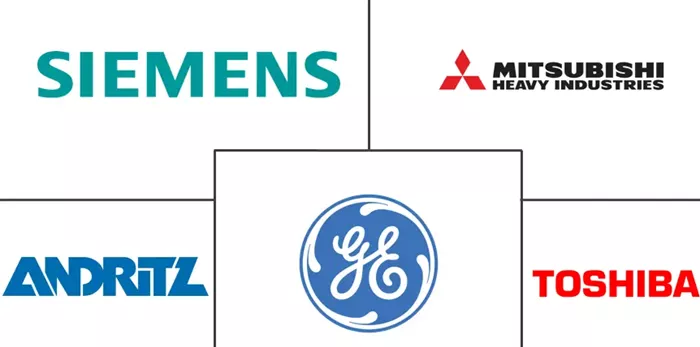The global turbo generator market, valued at $10.6 billion in 2022, is projected to experience robust growth, reaching an estimated $16.3 billion by 2032. This growth underscores a sustained demand for advanced power generation solutions and reflects the evolving energy production landscape.
Turbo generators are essential components in power generation, using turbines driven by steam, water, or gas to convert mechanical energy into electrical power. This technology, integral to power plants and high-power industrial applications, utilizes electromagnetic induction to produce electricity efficiently.
The surge in global investments in power generation infrastructure has been a key driver of turbo generator demand. As nations strive to meet increasing energy needs and shift toward cleaner energy sources, there has been a marked rise in investments in power generation facilities. Additionally, the emphasis on renewable energy sources, including wind and solar power, has further fueled the demand for turbo generators. These generators play a crucial role in converting kinetic energy from wind or sunlight into electricity. According to the International Energy Agency (IEA), the U.S. renewable energy sector has nearly doubled over the past five years. The Inflation Reduction Act (IRA) of August 2022, which extends tax credits for renewables until 2032, has provided long-term support for wind and solar projects, further propelling the market’s growth.
However, fluctuating fuel prices pose a significant challenge. Turbo generators, often used in power plants that rely on fossil fuels such as coal, natural gas, and oil, are vulnerable to these price swings. The IEA reports a temporary increase in coal demand due to rising natural gas prices, which also affects the economic viability of renewable energy sources competing with traditional fossil fuels. These fluctuations can hinder the growth of turbo generator technology and its associated industries.
Despite these challenges, the focus on energy efficiency and sustainability has created substantial opportunities for turbo generator technology. Turbo generators are crucial in converting various energy sources into electricity, and the boom in construction and infrastructure projects provides additional growth avenues. For instance, a contract signed in October 2021 between the Dubai government and India to build infrastructure in Jammu and Kashmir highlights the need for reliable and portable power sources, which turbo generators can provide.
The turbo generator market is categorized by type, cooling system, end-user, and region. By type, the market includes gas turbine generators, steam turbine generators, and water turbine generators. The steam turbine generator segment is expected to grow at the fastest compound annual growth rate (CAGR) of 4.9% during the forecast period, driven by the transition to cleaner energy sources and advancements in carbon capture technologies.
Regarding cooling systems, the market is divided into air-cooled, water-cooled, and hydrogen-cooled systems. The air-cooled segment is anticipated to grow at the fastest CAGR of 4.8%, supported by the rising demand from construction and infrastructure projects that require flexible and efficient power solutions.
Key Findings:
The gas turbine generator segment was the largest revenue contributor to the turbo generator market in 2022, accounting for over 60% of the global market share.
The air-cooled segment led in revenue among cooling systems in 2022.
Coal power plants were the leading end-users in 2022, contributing nearly 60% of the market share.
As the turbo generator market continues to expand, driven by technological advancements and evolving energy needs, it presents significant opportunities for growth across various sectors and regions.
Related topics:
- Caterpillar C27: The Comprehensive Review
- 3 Best Kohler Whole Home Generator In 2024
- TOP 3 Generac Whole Home Generator In 2024

